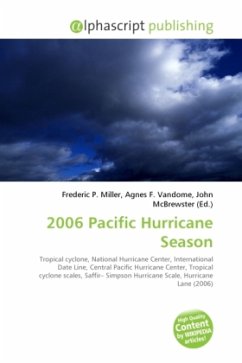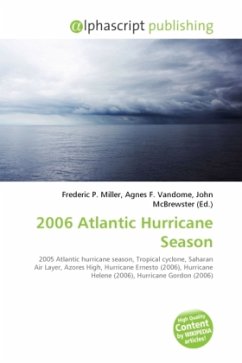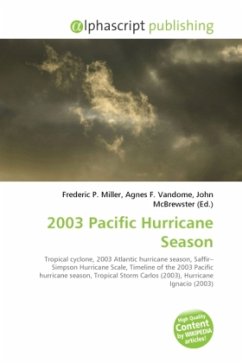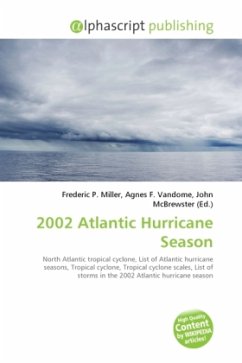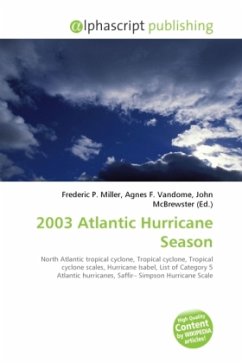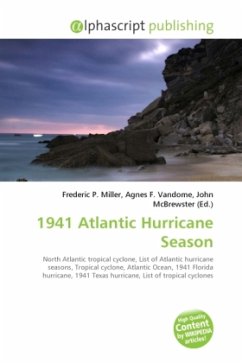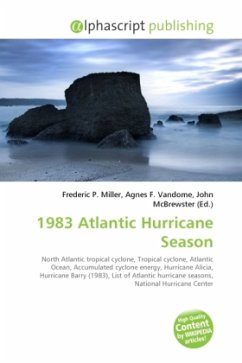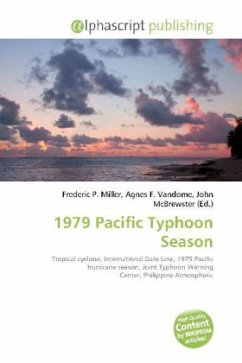The 2006 Pacific hurricane season was the most active since 2000, which also produced 19 tropical storms or hurricanes. Eighteen developed within the National Hurricane Center (NHC) area of warning responsibility, which is east of 140°W, and one storm formed between 140°W and the International Date Line, which is under the jurisdiction of the Central Pacific Hurricane Center (CPHC). Of the 19 total storms, eleven became hurricanes, of which six attained major hurricane status. Within the NHC portion of the basin, the season officially began on May 15, and in the CPHC portion, it started on June 1; the season officially ended on November 30. These dates conventionally delimit the period of each year when most tropical cyclones form in the eastern Pacific basin. The strongest storm of the season was Hurricane Ioke, which reached Category 5 status on the Saffir-Simpson scale in the central Pacific Ocean; Ioke passed near Johnston Atoll and later Wake Island, where it caused heavy damage but no deaths.
Bitte wählen Sie Ihr Anliegen aus.
Rechnungen
Retourenschein anfordern
Bestellstatus
Storno

